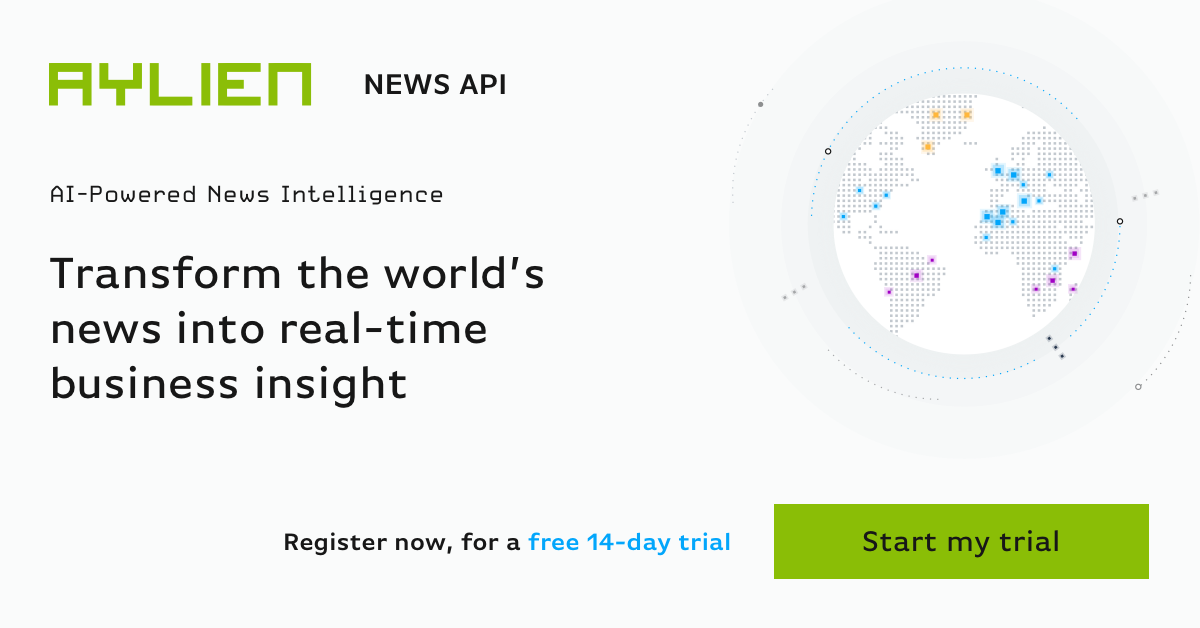Human beings like to think in abstractions and classifications. And in most cases, there’s a good reason for that. Categorizing the world enables a whole host of mental shortcuts without which we would barely be able to navigate within it.
But sometimes over-simplifying complexity can be dangerous. It can lead to incorrect conclusions about the precise nature of events, and as a result mean the wrong course of action is taken, with disastrous results. Take the case of the response of American electrical companies to the rise of the transistor radio, as described here.
By interpreting transistor radios produced by Sony and others solely from a quality perspective, these companies failed to identify the real threat: the creation of an entirely new category of consumers for whom existing technology was unaffordable, and by doing so establishing a beachhead into the US market. The rest is history.
Complexity in risk
The story above is particularly interesting because it also illustrates the specific matter I want to discuss here: the particular challenge of categorizing and quantifying risk. Any business or organization navigates a world of risk. That is unavoidable. It is how we respond to those risks that separates winners from losers. And responding in the correct way means understanding the precise nature of any given risk, and the potential consequences.
This is not always easy. For all sorts of reasons, modern organizations tend to operate in silos. This isn’t solely a consequence of the human nature we discussed above. It is also easier to run any organization when each individual within it has a clear set of responsibilities, and as one person can only do so much we tend to specialize. In an environment such as this, the bigger picture isn’t always apparent.
But the real world does not operate in silos, and risk certainly does not. Consider the following three examples:
- Issues with the leadership and practices of a third-party supplier may initially be considered a reputational risk, but dependent on further events can rapidly manifest in the supply-chain, damaging the ability to deliver product on time.
- When a tornado hit an Amazon warehouse in Illinois, questions about Amazon’s response to an emerging weather event risk led in turn to a risk to the organization’s reputation.
- Corporate governance risks, such as the potential for insider trading, can rapidly snowball into reputational or legislative risks as publicity relating to such events, and legislative responses, can cause major impact on the bottom line.
In short, it is important to understand that risk does not operate in neatly contained categories. The potential implications of any given event can be wide-ranging and are not always easy to predict. But to handle risk effectively, predict them we must. Let’s discuss how to do that.
Identifying the impact of risk events: learning from outside the organization
Organizations can be insular. Whilst having company ‘values’ and ‘culture’ is a noble objective in itself, it can lead to certain ways of thinking and interpreting events to become standardized.
Similarly, in organizations that are of necessity run along ‘chain of command’ lines, there is an inevitable tendency for the interpretation of events to be influenced by the opinions and attitudes of those at the top. Such structures do not always encourage or support open exchange of opinions - or know what to do with them when they happen.
There are good reasons for all of this. But when it comes to assessing the potential impact of risks to the business, they can be dangerous. Instead, it is necessary to seek out diverse viewpoints, multiple opinions, and the thoughts of those outside our own bubble. By doing so, we avoid our thinking (and thus our response) being ‘railroaded’ down certain lines.
Where can we find these voices? Everywhere. There is a world full of people with opinions and access to the internet, and whilst we wouldn’t always be grateful for that fact, in this instance we should be.
These people write for newspapers, magazines, specialist periodicals, blogs: a whole host of publications, all over the world and in almost any language you can think of. Some report the news in as objective way as possible, others are unashamedly opinionated. Collectively they represent a vast resource of dynamic information that smart risk management should seek to draw upon.
It is here that smart media monitoring comes in. Clearly it is unreasonable for any organization to actually read the vast amount of news and opinion created every day. But with the right tools it is possible to scan that media, elevate the stories that need to be seen, and thus help an organization understand the true possible risks associated with events.
What would such a system look like? In brief, it would have these characteristics:
- Comprehensive. Coverage is key. The purpose of the exercise is to understand multiple angles and possibilities.To do this, a news monitoring solution must be truly comprehensive: mainstream and specialist titles, from all over the world and in all major languages.
- Accurate. It is obviously important that only relevant articles and comments are surfaced - not always a simple task with so many solutions relying on simple keyword matching. That’s why AYLIEN employs natural language processing (NLP) to ensure the results delivered are always those that truly relate to the individuals, organizations, places and events that we care about.
- Structured. A good news monitoring solution clusters content about a specific topic, and thus enables an analyst to drill down into multiple stories relating to a single event. In the context of complex risk this is invaluable - it enables all perspectives on a given situation to be consolidated and considered as one.
- Fast. Speed is always of the essence when identifying and responding to risk, and risks being complex and multi-faceted doesn’t change that. The goal is to get news in front of the right people as soon as possible after publication, giving time to digest, consider and act.
There are other considerations of course, more than can be listed in one blog post. But the core principle is straightforward: optimise your news monitoring to bring multiple perspectives into the organization, and be willing to act upon them.
When you do so, you are in a better position to manage complex, multi-faceted risk events.
To find out more about how news gathered from AYLIEN News API can help you discover and investigate a huge variety of risks to your business, take a look at our live demo, or sign up for a free 14 day trial.
Related Content
-
 General
General20 Aug, 2024
The advantage of monitoring long tail international sources for operational risk

Keith Doyle
4 Min Read
-
 General
General16 Feb, 2024
Why AI-powered news data is a crucial component for GRC platforms

Ross Hamer
4 Min Read
-
 General
General24 Oct, 2023
Introducing Quantexa News Intelligence

Ross Hamer
5 Min Read
Stay Informed
From time to time, we would like to contact you about our products and services via email.

